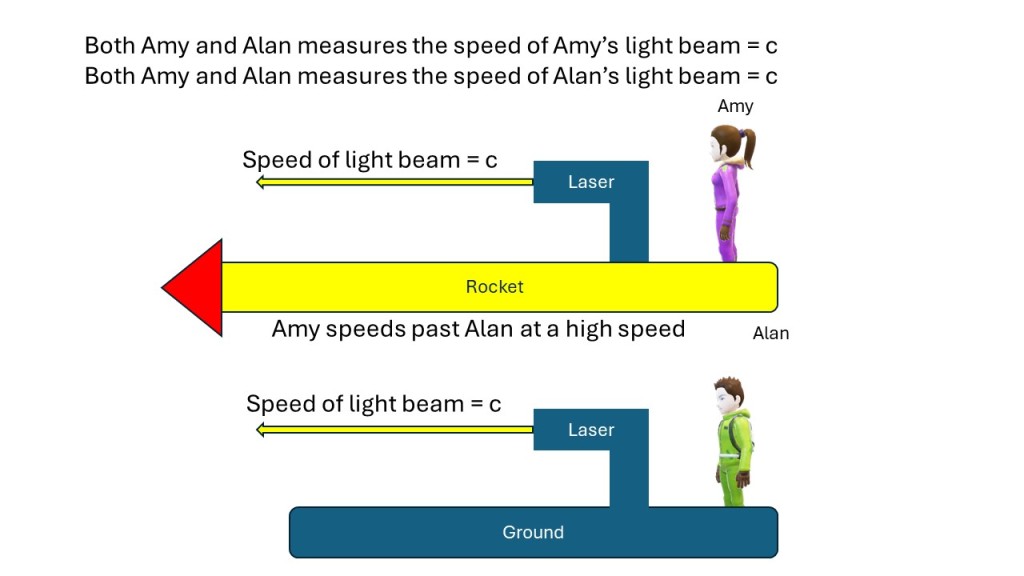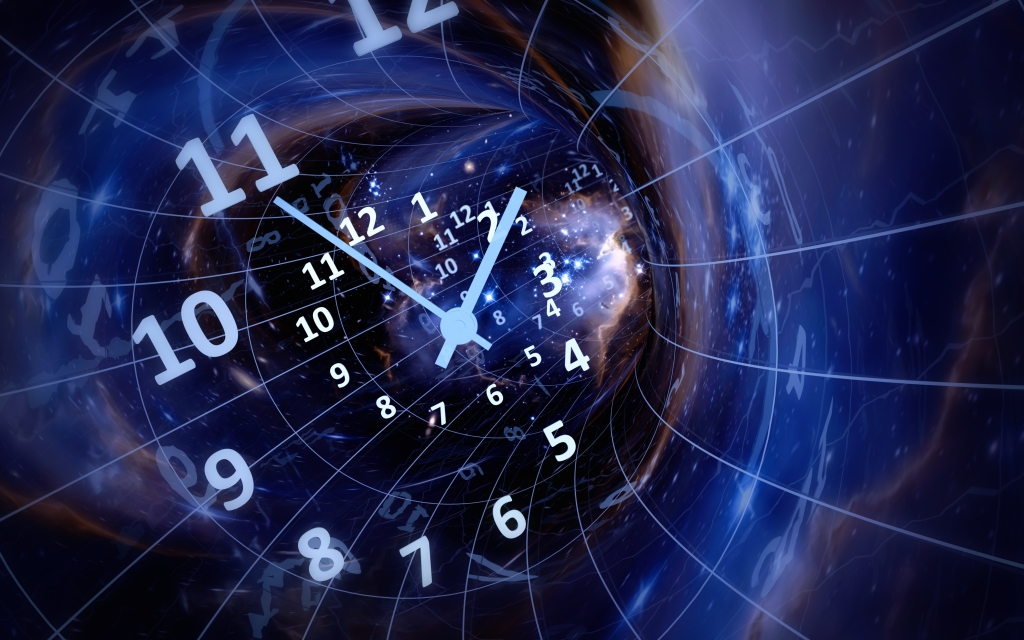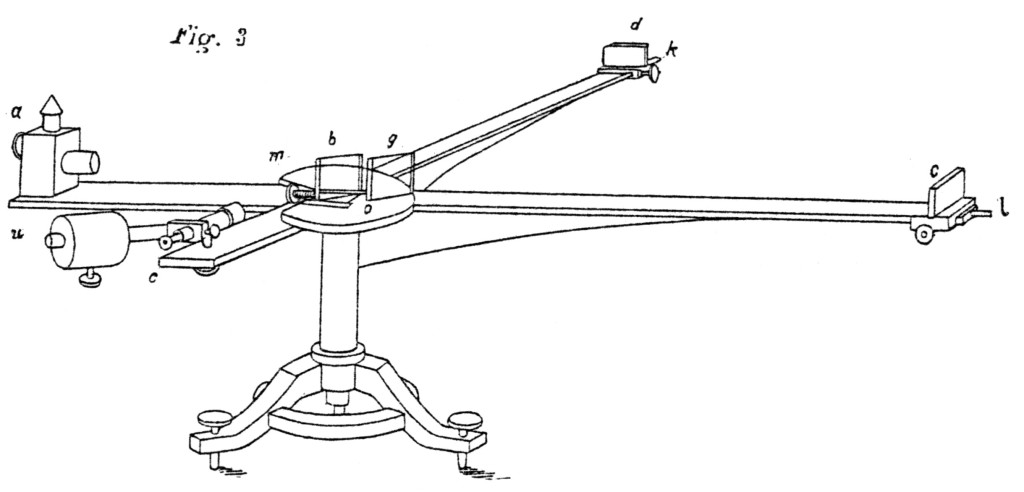Superfact 4 : The Speed of Light In Vacuum Is a Universal Constant
The speed of light in vacuum is a universal constant. The speed of light in vacuum is the same for all observers regardless of their speed and the direction in which they are going. It is always c = 299,792,458 meters per second. If you try to catch up to a light beam and try to travel close to the speed of the light beam, you will not be able to catch up. The speed of the light beam will still be c = 299,792,458 meters per second compared to you no matter how fast you go. This is possible because time and space don’t behave like we expect.
Superfacts
This is the fifth post of my super-factful blog and my fourth super-fact. As I mentioned previously, the goal of this blog is to create a long list of facts that are important and known to be true and yet are either disputed by large segments of the public or highly surprising or misunderstood by many.
These facts are not trivia, they are accepted as true by the experts in the relevant fields, the evidence that the fact is true is impressive, and they are important to the way we view the world and to what we believe, and despite being known to be true they are hard pills to swallow for many. They are not scientific theories or complicated insights but facts that can be stated simply. In a paragraph or less. They may need more explanation than you can fit in one paragraph, but they can be stated, with a brief explanation in just one paragraph.
The Fourth Superfact
My fourth super-fact is that the speed of light in vacuum compared to yourself is the same regardless of your motion. A beam from a flashlight you are pointing forward is traveling at a specific speed c = 299,792,458 meters per second forward, no matter what you are comparing to. It is important to understand that speed is relative. If you drive 95 miles per hour on a Texas highway you are driving 95 miles per hour compared to the pavement, but you are traveling more than 2,000 miles per hour compared to the moon.
However, a light beam will be traveling at the speed of c = 299,792,458 meters per second (186,000 miles per second) compared to the pavement and also compared to the moon, the sun, the galaxy, the fastest spaceship possible and another light beam. The speed of light in vacuum is not relative. For light in vacuum there is only one speed compared to everything.
Someone passing you at the speed of 99.99% of the speed of light in vacuum will measure his flashlight beam to have the speed c = 299,792,458 meters per second and he will measure your flashlight beam to have the speed c = 299,792,458 meters per second and so will you. It is as if c + c = c. 1 + 1 = 1 not 2, didn’t you know? This is logically possible because time and space is different for different observers.
This is quite shocking if you haven’t come across it before and there are a lot of people (not professional physicists) who refuse to believe it. So, in my opinion it is a super fact. In summary:
No matter how fast you travel, or in what direction, or where you are, you will measure the speed of light in vacuum compared to yourself to be c = 299,792,458 meters per second or approximately 186,000 miles per second or 671 million miles per hour. That goes for all light beams passing by you regardless of origin.

In the picture above let’s say Amy is flying past Alan at half the speed of light. If you believe Alan when he says that both laser beams are traveling at the speed of c = 186,000 miles per second, then you would expect Amy to measure her laser beam to travel at a speed that is half of that c/2 = 93,000 miles per hour, but she doesn’t. She measures her laser light beam to travel at the speed of c = 186,000 miles per second just like Alan. This seems contradictory.
The solution that the special theory of relativity offers for this paradox is that time and space are relative and Amy and Alan measure time and space differently (more on that in another post).

I should add that the realization that the speed of light in vacuum is a constant regardless of the speed or direction of the observer or the light source was a result of many experiments, which began with the Michelson-Morley experiments at Case Western Reserve University, Cleveland, Ohio in the years 1881-1887.
At first scientists thought that there was an ether, which acted as a medium for light. They assumed that earth would be moving through this ether. What they tried to establish was earth’s velocity through the ether, but all measurements resulted in light always having the same speed, in all directions, all the time, in summer and in winter, no matter in which direction earth was going. At first, they tried to explain this by saying that the ether compressed the experimental equipment and distorted clocks exactly so that it seemed like the speed of light in vacuum always came out the same.
Others said that earth was dragging the ether with it, but that explanation turned out not to hold water. With the special theory of relativity in 1905 those speculations were laid to rest. It was the way time and space were constructed and connected.

The speed c = 299,792,458 meters per second is a universal speed limit created by time and space
I should point out that there is nothing magical about the speed of light in a vacuum. Light traveling through matter, like glass or water, does not travel at this speed c, but slower. That is why I keep saying the “speed of light in vacuum” instead of “the speed of light”.
It is also not entirely correct to say that the speed of light in vacuum is a universal constant, because it isn’t only about the speed light. It is just that light that travels unimpeded through vacuum reaches the universal speed limit created by time and space, or the space-time continuum (that’s another post). The light is prevented from traveling infinitely fast by this speed limit, and light is not the only thing behaving this way. All massless particles / radiation is prevented from reaching infinite speed by this universal speed limit and they will also travel with exactly the same speed c = 299,792,458 meters per second compared to all observers, just like light in vacuum.
So how is time and space arranged to cause this universal speed limit? Well, that is a surprising super fact post for another day (I will link to it once I have made the post). I can add that the discovery that light in vacuum is a universal constant changed basically everything in physics. We had to change the equations and the physics regarding not just time and space but energy, momentum, mass, force, electromagnetics, space geometry, particle physics, and much more. The energy and mass equivalency is a direct result of this E = mc2.
Examples:
Below are some examples of what this discovery led to. Again, don’t worry about the details or how it works. I might explain these effects in future super fact posts and link to them.
- Time for travelers moving fast compared to you is running slower.
- Length intervals for travelers moving fast compared to you are contracted.
- Simultaneous events may not be simultaneous for another observer.
- The order of events may be reversed for different observers.
- If you accelerate to a speed that is 99.999% of the speed of light you still haven’t gotten any closer to the speed of light from your perspective. Light in vacuum will still speed off from you at c = 186,000 miles per second. You think you’ll keep accelerating but that the light keeps accelerating just as much ahead of you. You cannot catch up. What other observers see is you accelerating less and less and never catch up even though you get closer.
- Forces, the mass of objects, momentum, energy and many other physical quantities will reach infinity as you approach the speed of light in vacuum assuming you are not a massless particle.
- Mass is energy and vice versa E = mc2
- Magnetic fields pop out as a relativistic side-effect of moving charges.

Can We Travel Faster Than The Speed Of Light?
So, it seems like we cannot travel faster than the speed of light in vacuum. It seems like the universal speed limit is a hard limit, unlike the speed limits on Texas highways. That is maybe true, at least locally where we are.
However, you could get around it, by what is kind of cheating, by stretching and bending space to the extreme by using, for example, enormous amounts of negative energy. That’s happening to our Universe over a scale of tens of billions of lightyears. I should add that a lightyear is the distance light in vacuum travel in one year. Stretching and bending space is not part of the special theory of relativity. That is Einstein’s General Theory of Relativity.


This is so interesting, Thomas. With the Olympic Games going on now, and the athletes being so much faster than the swimmers, air being less dense than water, your speed of light through vacuum has a new meaning.
LikeLiked by 2 people
Ha ha you are right Patricia. Thank you so much helping me test this out.
LikeLiked by 1 person
Just don’t tell the Olympics Comitee.
LikeLiked by 1 person
LOL
LikeLiked by 1 person
Wonderful start for your new blog and it looks like some really interesting things coming up to learn about here. 🙂
LikeLiked by 2 people
Thank you so much Barbara. Yes that’s my plan but I have come up with 150 suggestions, and feel free to suggest anything.
LikeLiked by 1 person
Best wishes on your new direction, Thomas.
LikeLiked by 2 people
Thank you so much John. I should say that I will post on both blogs just a little bit less on each.
LikeLiked by 2 people
I think I understood that.
LikeLiked by 1 person
Congratulations on your new blog! Subscribed.
LikeLiked by 2 people
Thank you so much Jacqui. I appreciate your support.
LikeLiked by 1 person
Great explantion, Thomas. I had forgotten much behind theory.
LikeLiked by 2 people
Thank you so much for your kind words Denise.
LikeLike
Hi, Thomas! I just subscribed to your new blog. May the Force be with it…and you.
LikeLiked by 2 people
That is great. Thank you so much for doing that Alex.
LikeLiked by 1 person
Any time, Thomas.
LikeLiked by 1 person
Hi Thomas, congratulations on the new blog. I have subscribed and will share these five posts to my X (twitter).
LikeLiked by 2 people
Wow that is so nice of you to do. Thank you so much Robbie. I have not joined X yet but maybe I should do that.
LikeLike
I still get views through X so for me it is worthwhile to have it.
LikeLiked by 1 person
Congratulations on the new blog Thomas and a great topic … I read the list and here radon is taken very seriously as it is within our bedrock on the island… so protective layers are laid in the foundations. I will share in the blogger weekly so others can find your new enterprise.
LikeLiked by 2 people
Thank you so much for your very kind help, Sally. I really appreciate it. It is good that Radon is taken seriously where you live. Radon has a very short half-life, 3.5 days, which makes it extremely radioactive. Because it has such a high decay-rate and therefore a short half-life it disappears quickly but unfortunately it is constantly being resupplied from inside Earth making it our biggest radioactive worry.
LikeLiked by 1 person
I learned much more from your blog than I ever did in physics class, that’s for sure! Congratulations on the new blog — I’m so excited to read more.
LikeLiked by 2 people
Thank you so much for your very kind words Damyanti. I am glad you like it and I really appreciate your support.
LikeLike
Great post, good luck with the blog!
LikeLiked by 2 people
Thank you so much JR. I appreciate it.
LikeLiked by 1 person
Hi Thomas very interesting facts here. Probably a bit easier to digest than how fast time is flying! 🙂 Just subscribed to your new blog. 🙂
LikeLiked by 1 person
Thank you so much Debby for doing that and commenting. Sorry for the late reply. I had several comments put in the spam folder when the site was brand new. I don’t know what’s up with that but it seems better now.
LikeLiked by 1 person
Lol, no doubts you found me in spam. I’m told I like to hang out in a few people’s spam. I got in the habit of checking spam daily for such reasons. Amazing to find some of our blogging buddies in there many days. 🙂
LikeLiked by 1 person
Ha ha, I think though that it was just a rough start with my blog. A number of people ended up in my spam at the beginning. I should have checked earlier.
LikeLiked by 1 person
Congratulations, Thomas!
LikeLiked by 2 people
Thank you so much Dawn
LikeLike
as impressed with this concise post, I’m all the more impressed that you’ve planned 40 posts in advance! I’m feeling lucky that I’m 4 ahead at the moment lol btw, remember my offer is always open if you’d like to guest blog post about your new site at my blog
LikeLiked by 1 person
Well thank you da-AL. I have to say that I’ve been moving planned posts around a little bit today. Luckily if I change my mind I can just update my list/plan on one post and then copy to all the other posts.
Oh yes I would love to guest post something on your blog.
LikeLiked by 1 person
When it comes to physics, I’m happy to take the scientists’ word for it!
LikeLiked by 1 person
Yes I think that is a good idea
LikeLiked by 1 person
The speed of light is not an elemental constant. It actually depends on two constants, called vacuum permeability (µ0) and permittivity (ε0).
Is the speed of light an eternal constant? Has the speed of light always been 299,792,458 meters per second? Will it always be for eternity?
Do cosmological constants get established at the end of the Planck era and the beginning of the inflation period? Will cosmological constants break down at the Big Crunch?
Could there exist other universes where cosmological constants are different?
LikeLiked by 1 person
World Questioner, as I just mentioned in my previous response to a similar comment you made, I think you misunderstood the post and what universal constant means. It is with respect to speed of light being 299,792,458 meters per second in different inertial systems (moving at a constant speed compared to each other) regardless of the light source. Not the speed of light throughout the history of the universe or in other universes. It’s about remaining a constant as you switch inertial frame, which in itself is very surprising. It has to do with relativity.
Again, the speed of light in vacuum is the inverse of the square root of the electric constant (permittivity of free space) multiplied magnetic constant (permeability of free space) from Maxwell’s equations, but on the contrary to what you seem to be implying, that is what makes the speed of light in vacuum a universal constant. The laws of physics don’t change when you switch inertial frames. This is the principle of relativity and this have been very carefully measured.
LikeLike